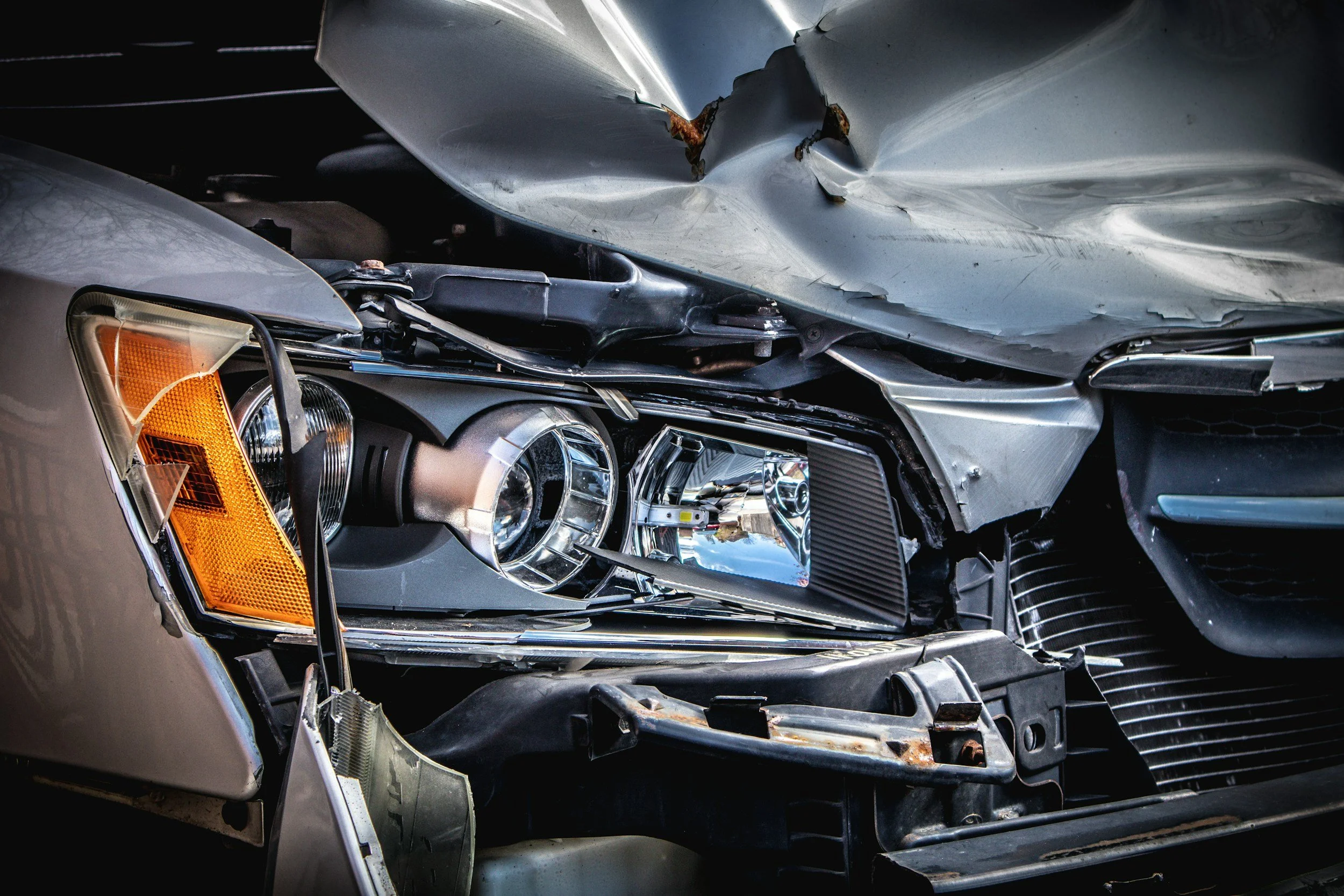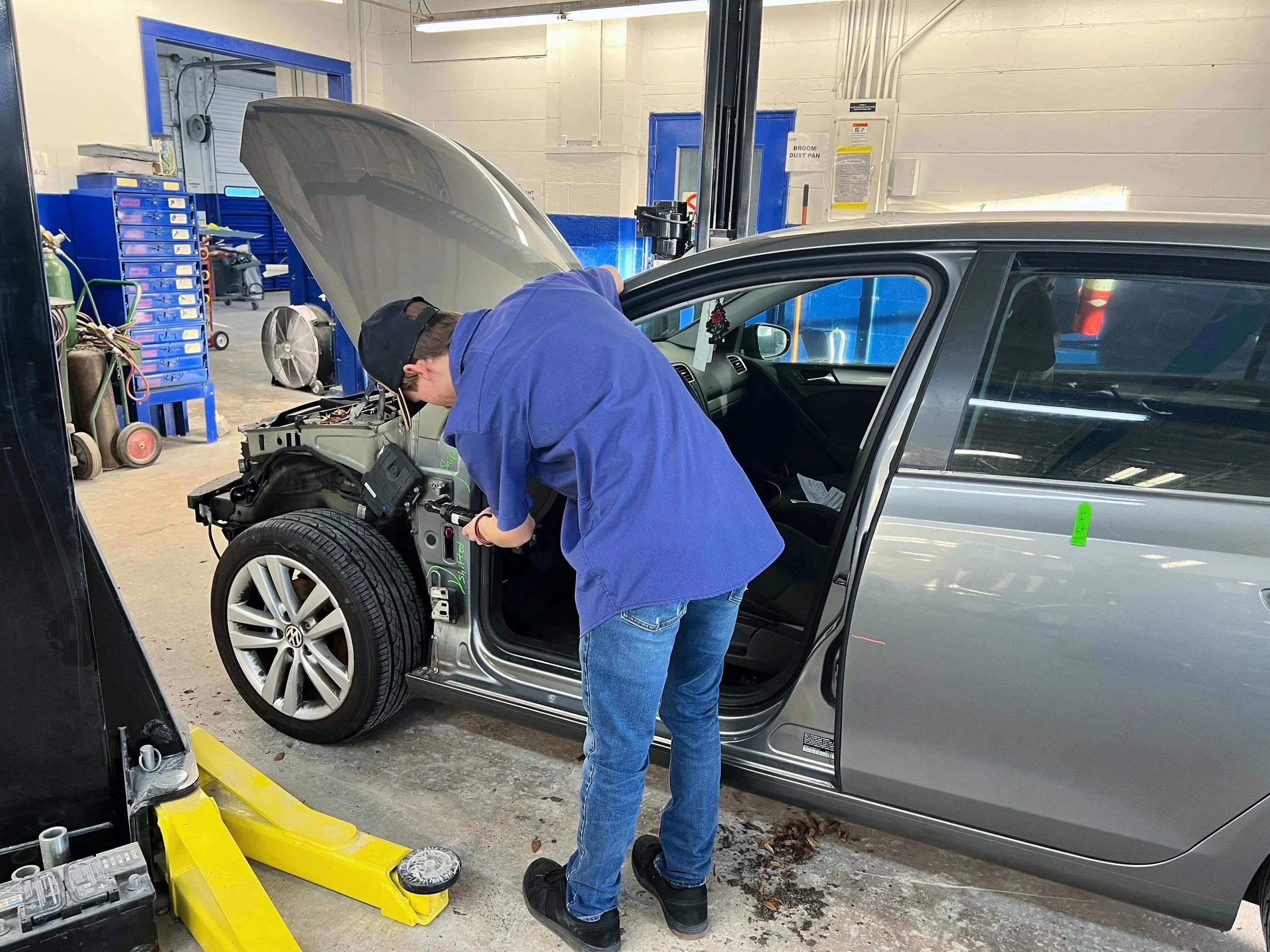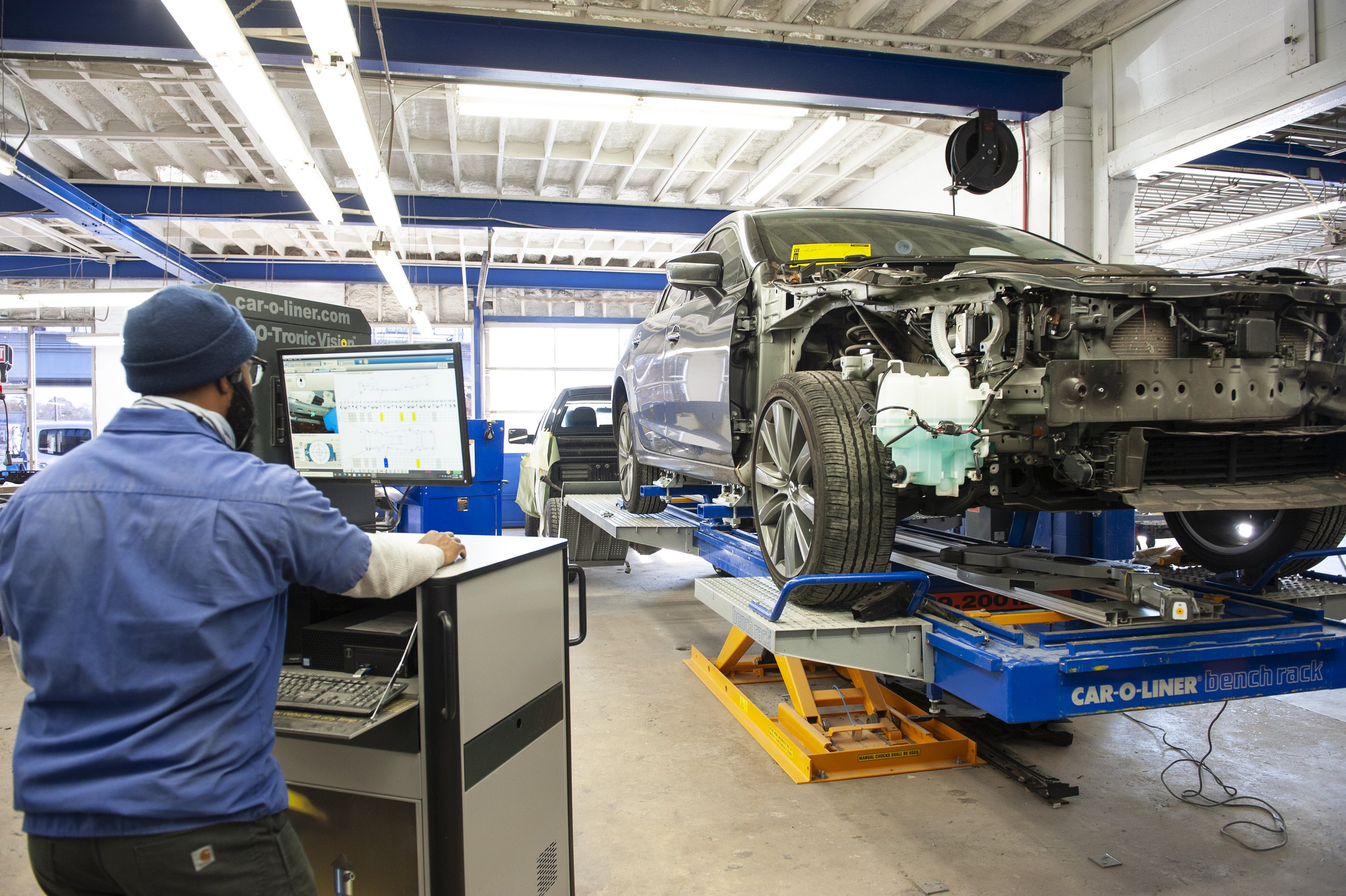Common Hidden Damages After a Minor Collision
Introduction:
After a minor car accident, most drivers focus on visible damage like dents and scratches. However, even seemingly small collisions can cause hidden damages that may not be immediately noticeable. Ignoring these issues can lead to bigger, more expensive repairs down the road and even compromise your vehicle’s safety.
In this article, we’ll cover:
Why hidden damages occur
Common types of hidden damages
Signs to watch for after a minor collision
What to do if you suspect hidden damage
Why Hidden Damages Occur
Modern vehicles are designed to absorb impact, meaning the force of a collision can be distributed throughout different components.
Even at low speeds, structural and mechanical systems may suffer damage that isn’t visible from the outside. Some parts may continue to function initially but degrade over time, leading to costly repairs or unsafe driving conditions.
Common Hidden Damages After a Minor Collision
Even if your car looks fine, here are some common areas that may have sustained hidden damage:
1. Frame Misalignment
Even a minor impact can bend or shift the vehicle’s frame.
A misaligned frame can cause uneven tire wear and affect steering.
Signs: Car pulls to one side, uneven gaps between body panels.
2. Suspension Damage
The suspension system absorbs shock and keeps your ride smooth.
Damage to struts, shocks, or control arms can affect handling and comfort.
Signs: Rough ride, strange noises, car sits unevenly.
3. Wheel and Tire Issues
A minor collision can knock wheels out of alignment or damage rims.
Bent rims or misalignment can lead to premature tire wear and unsafe driving conditions.
Signs: Vibration while driving, uneven tire wear, steering difficulties.
4. Transmission and Drivetrain Damage
Rear-end or side-impact collisions can harm the transmission or axle.
If left unchecked, this can lead to expensive repairs or complete failure.
Signs: Delayed shifting, unusual noises, leaking transmission fluid.
5. Electrical System Malfunctions
Modern cars rely on complex electrical systems, which can be disrupted by an impact.
Damaged wiring, sensors, or battery connections may cause functionality issues.
Signs: Warning lights on the dashboard, malfunctioning lights or power windows.
6. Airbag System Issues
Sensors that deploy airbags can be damaged, leading to non-deployment in future accidents.
Even if the airbags didn’t deploy in the minor collision, the impact may have affected their system.
Signs: Airbag warning light stays on.
7. Hidden Bumper and Internal Damage
Bumpers are designed to absorb impact, but internal components behind them (like reinforcement bars) may suffer damage.
Even if the bumper looks fine, internal damage can compromise future safety.
Signs: Rattling sounds, loose bumper, difficulty closing the trunk or hood.
8. Exhaust System Damage
The exhaust system runs underneath your car and is vulnerable in even low-speed collisions.
A minor rear-end hit could cause cracks or leaks, leading to reduced engine efficiency and harmful fumes.
Signs: Loud exhaust noises, decrease in fuel efficiency, strange smells inside the cabin.
Signs Your Car May Have Hidden Damage
Not sure if your car has hidden damage? Look for these warning signs:
✅ Unusual noises (rattling, squeaking, or grinding)
✅ Car pulling to one side while driving
✅ Vibrations or wobbling at certain speeds
✅ Dashboard warning lights staying on
✅ Difficulty steering or braking
✅ Poor fuel efficiency
If you notice any of these symptoms, get your car inspected immediately to prevent further damage.
What to Do If You Suspect Hidden Damage
Get a Professional Inspection: A certified mechanic or body shop can identify hidden issues.
Request a Post-Accident Alignment Check: Ensures your frame and wheels are properly aligned.
Check for Leaks: Look under the car for fluid leaks.
Monitor Driving Performance: If anything feels off, don’t ignore it—address it quickly.
Work With Your Insurance: If hidden damage is discovered, file a claim for necessary repairs.
Conclusion:
Even minor accidents can lead to hidden damage that affects your car’s safety and performance.
By knowing what to look for and getting a thorough inspection, you can avoid bigger problems down the road. If you’ve recently been in an accident, contact us for a free post-collision inspection to ensure your car is safe to drive!




